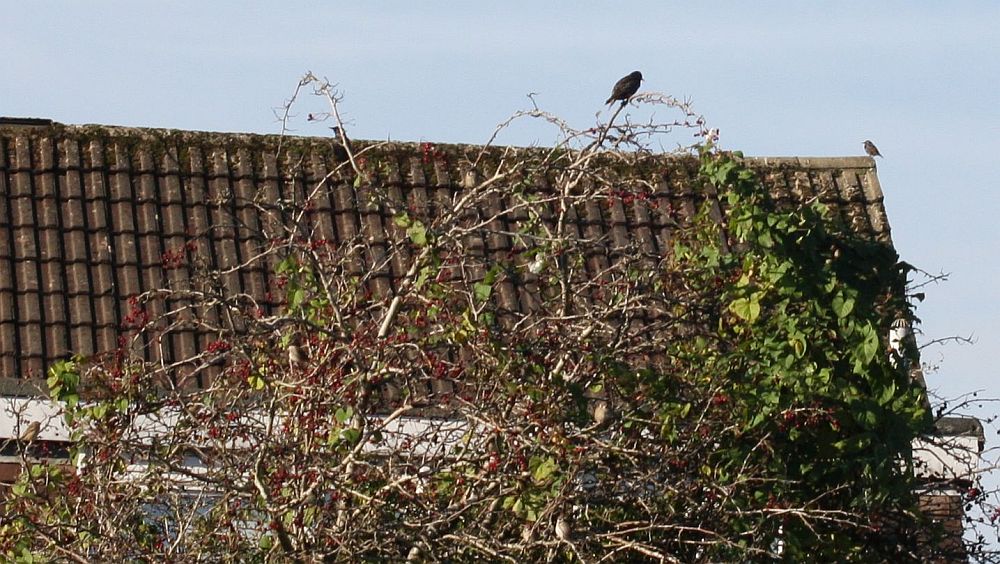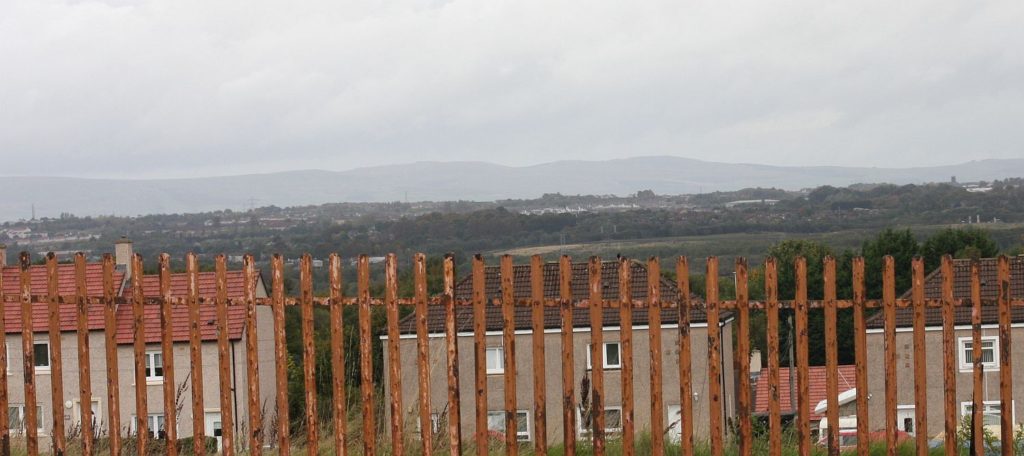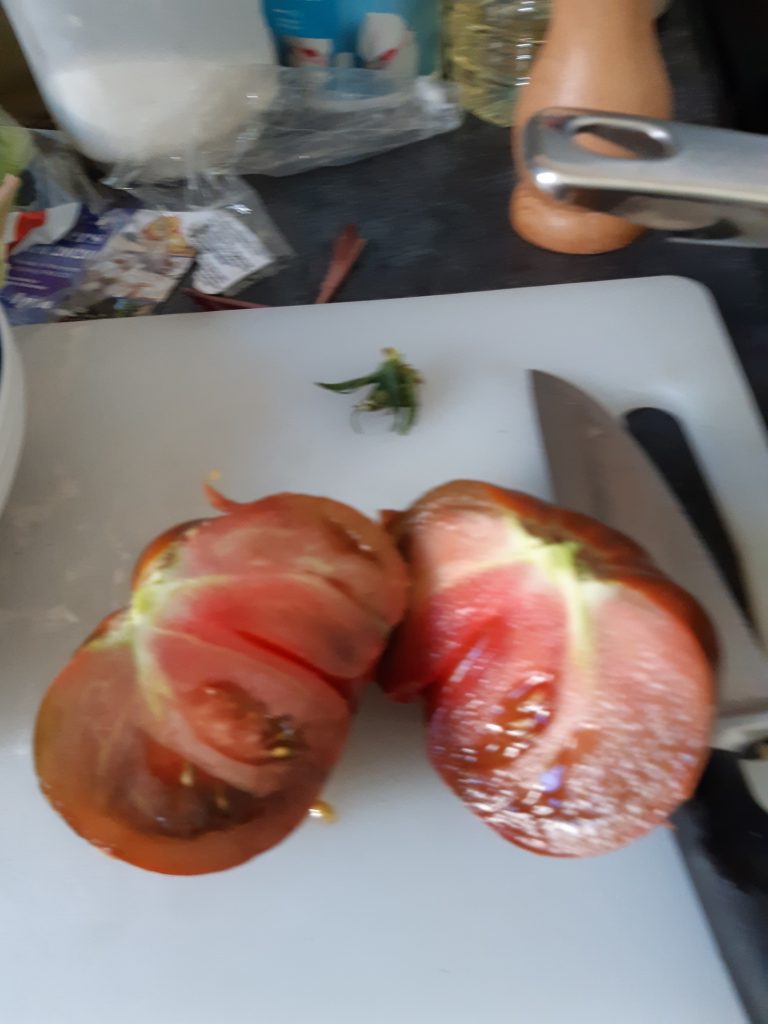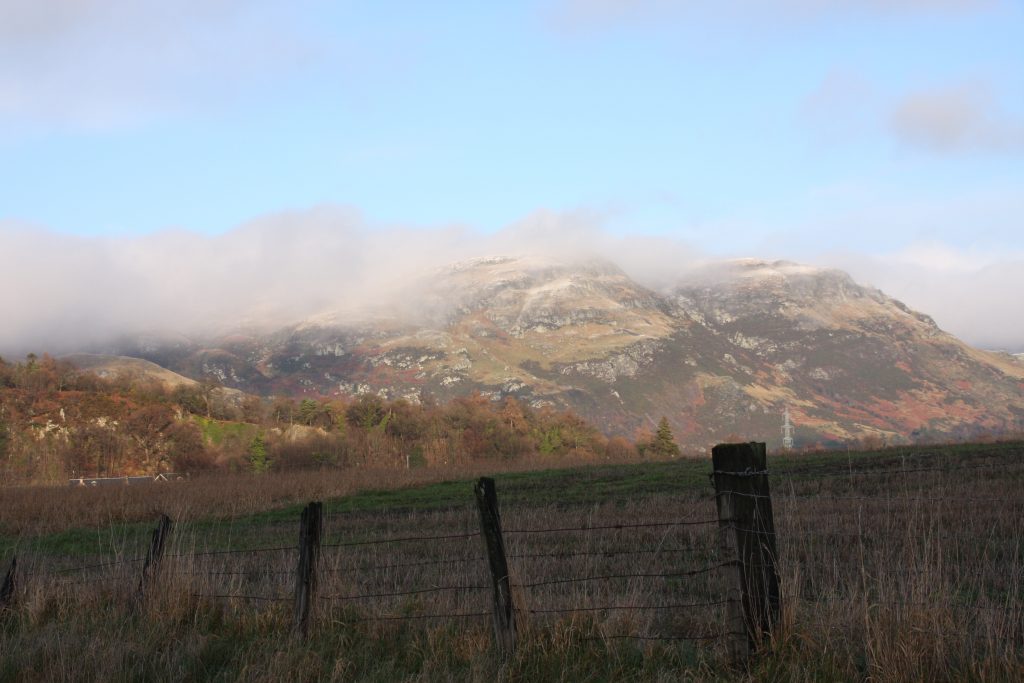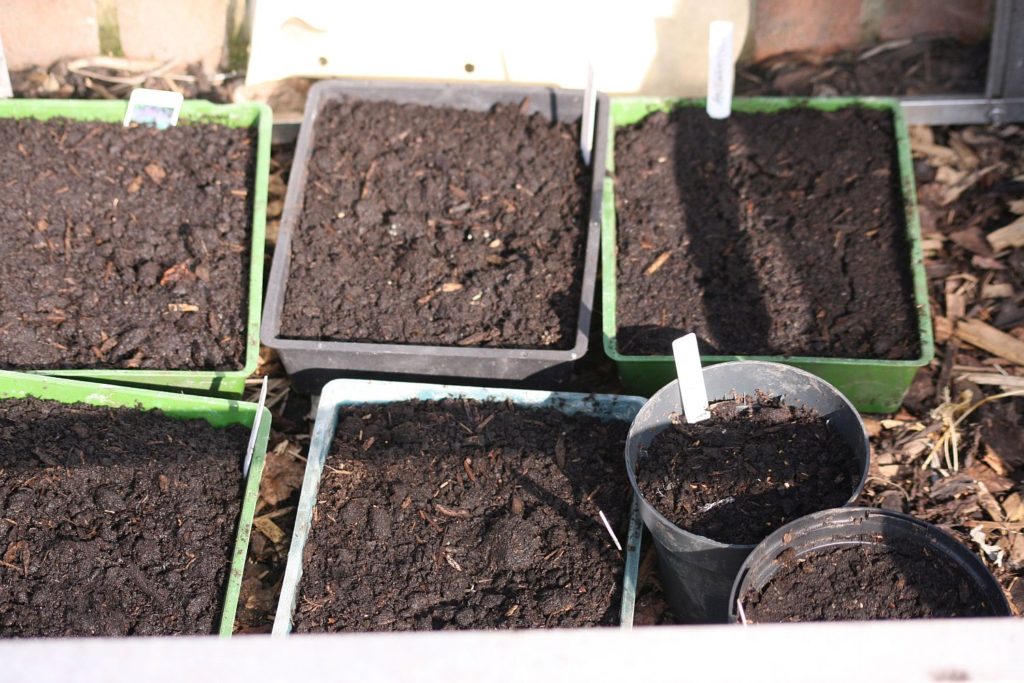
A landmark day – the first seeds sown for the new garden – ragged robin (for the very wet bits against the fence), bergamot, lavender and snapdragons for the bit in the front that gets full sun, elecampane for the bank above the burn and parsley and lettuce. In the kitchen herb patch I have also sown marigolds and chervil behind the chives.

It has been a lovely week, when the garden tipped into spring. I have seen the first bumble bee queens and the first peacock butterfly. The roses and fruit bushes are opening their new leaf buds, and the primroses and auriculas I have transplated have taken to the rich soils with alacrity. I heard the first chiffchaffs yesterday, and saw the first celandines on the banks along the footpath.
I have made a lot of progress clearing the rather tatty front lawn, though it looks rather worse than better so far. The turf is going to be used as mulch or compost, once it has dried out and I have shaken as much as possible of the topsoil back onto the bed. The good thing is it is full of very lively worms.

The bad thing is it is also full of stones, which makes digging very hard work indeed.
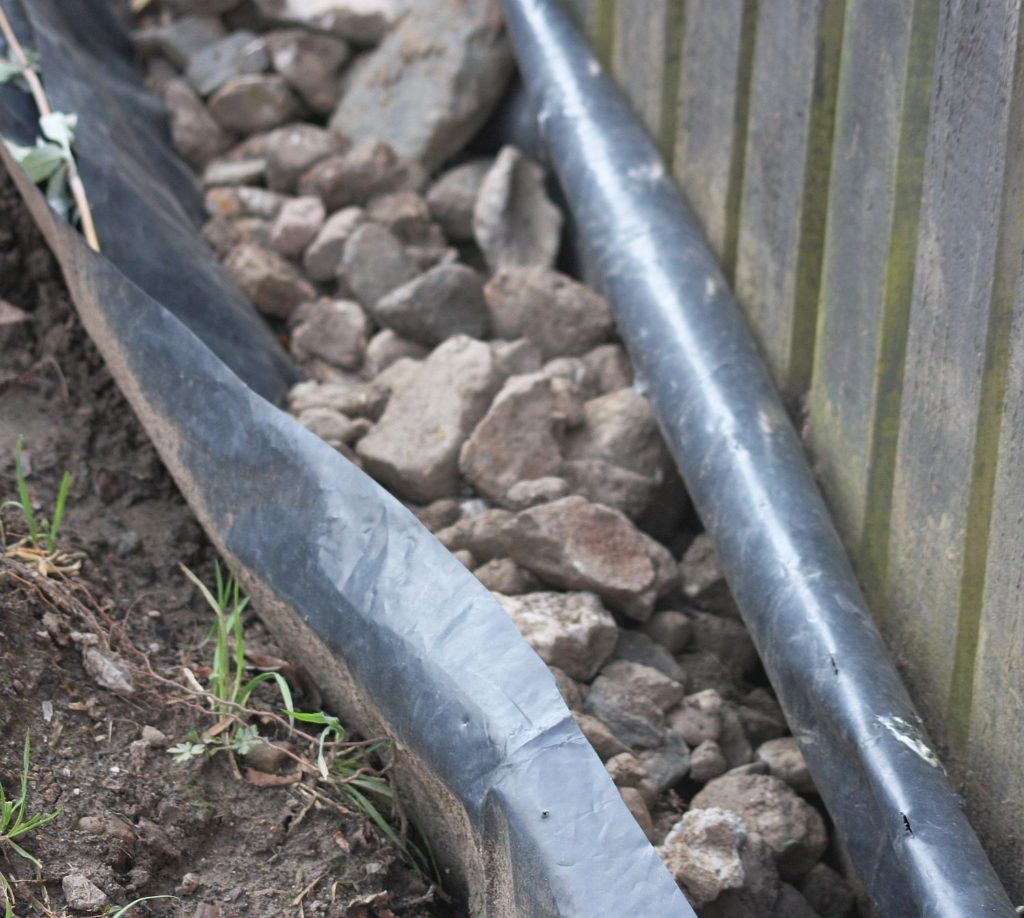
But it can be worth it to see this.

After what feels like a long gap, I am editing a big book – Colin Will’s new and selected poems, which covers thirty years of his enormous contribution to Scottish poetry. I am planning new writing myself, both poetry and non-fiction, but some of it will only happen when the new library is built and I can get fifteen boxes of books onto their proper shelves. This looks as if it will happen next month; we are choosing colours for the walls and planning the lighting this weekend. After that, the real work will begin!











